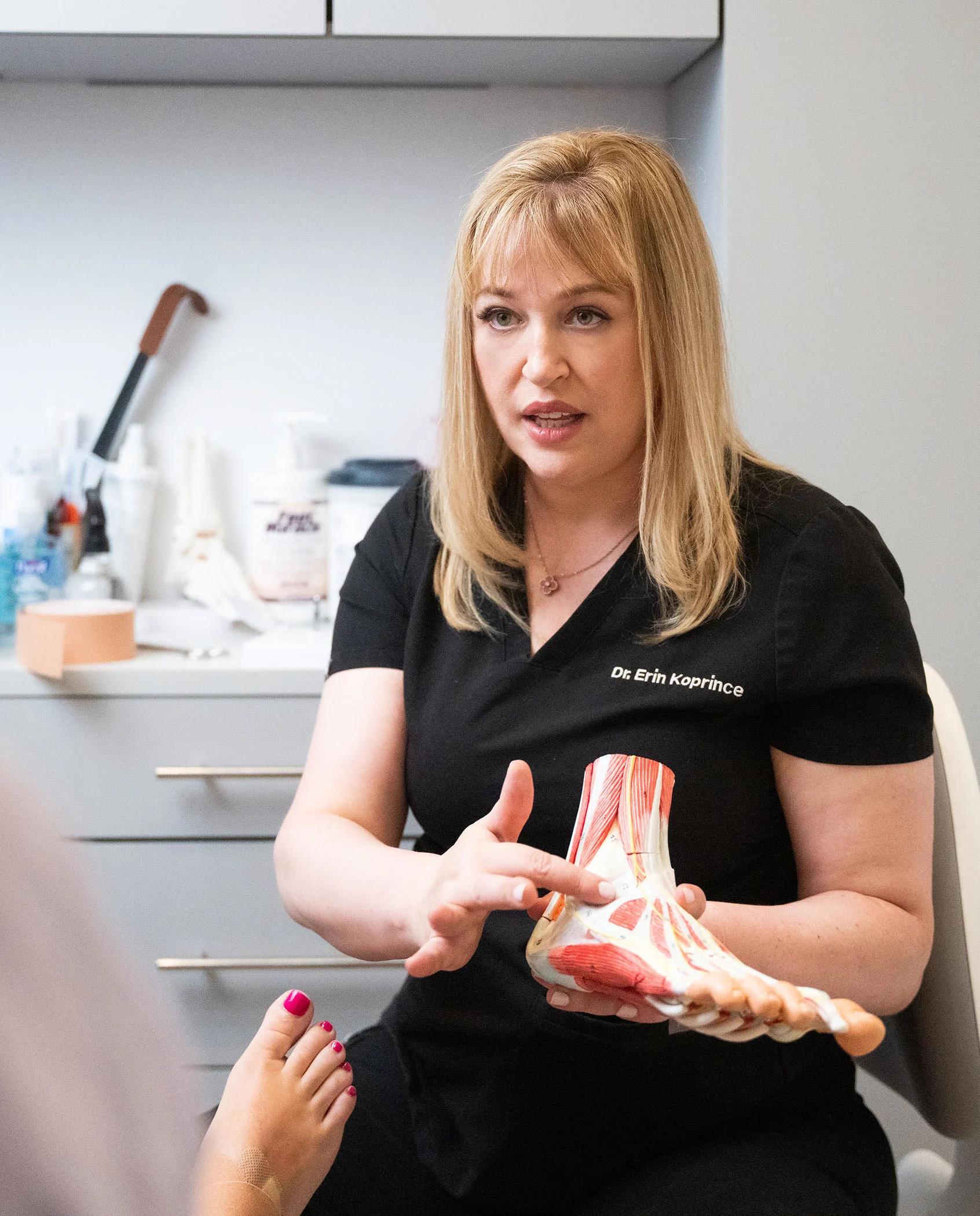Hammertoes are a progressive condition that is unlikely to improve without podiatry care. It is best to seek podiatry care as early as possible to prevent the need for surgery. If surgery is necessary, some patients may benefit from minimally-invasive surgery requiring smaller incisions, which reduces the patient’s recovery time and causes fewer complications.
The podiatrists at AIRE Podiatry Studio in New York City are highly skilled hammer toe specialists. We take a patient-centered approach to care, focusing on whole health, not just your feet. When you arrive for your consultation, we will review your symptoms, the shoes you wear, your typical day and time spent on your feet, and your medical history. You will also be X-rayed to determine how far your hammer toe condition has progressed.
AIRE Podiatry Studio will tailor your hammertoe treatment plan according to the type of hammer toe and its symptoms. When possible, we recommend nonsurgical treatment to relieve pain, such as changes in shoewear, the use of foot pads, custom orthotics to improve your foot mechanics, nonsteroidal anti-inflammatory drugs (NSAIDs), and/or physical therapy.
If you suffer from rigid hammertoe, AIRE Podiatry Studio may suggest minimally invasive hammertoe surgery. This can include toe shortening, removing the prominent bony joint, and realigning the toe to make it flat.




